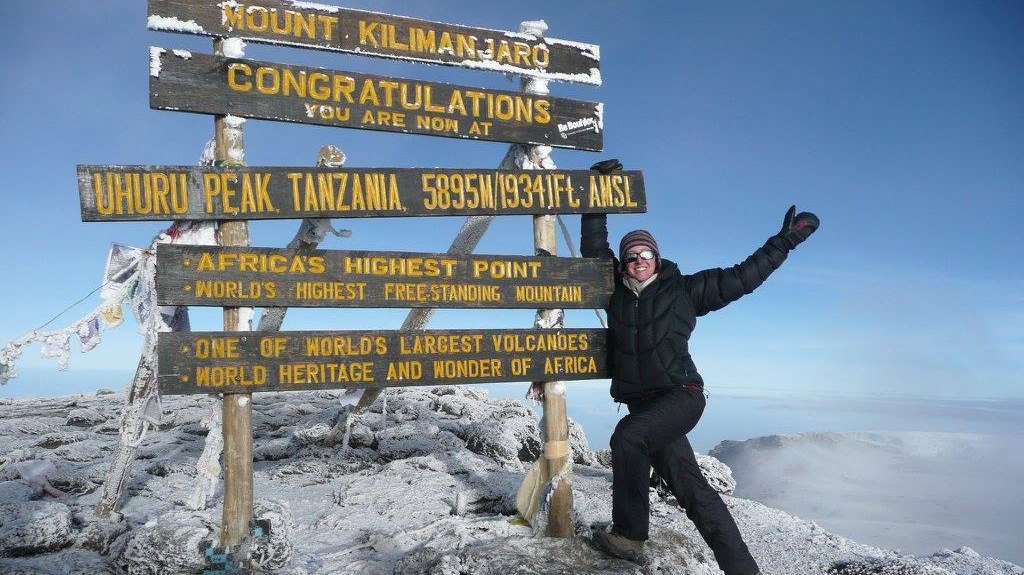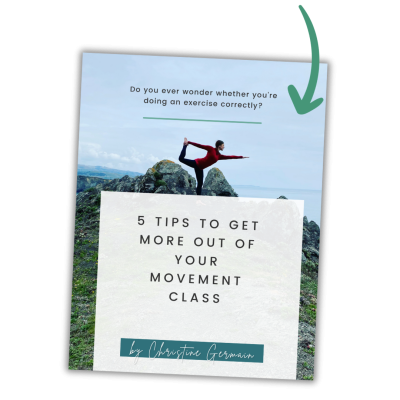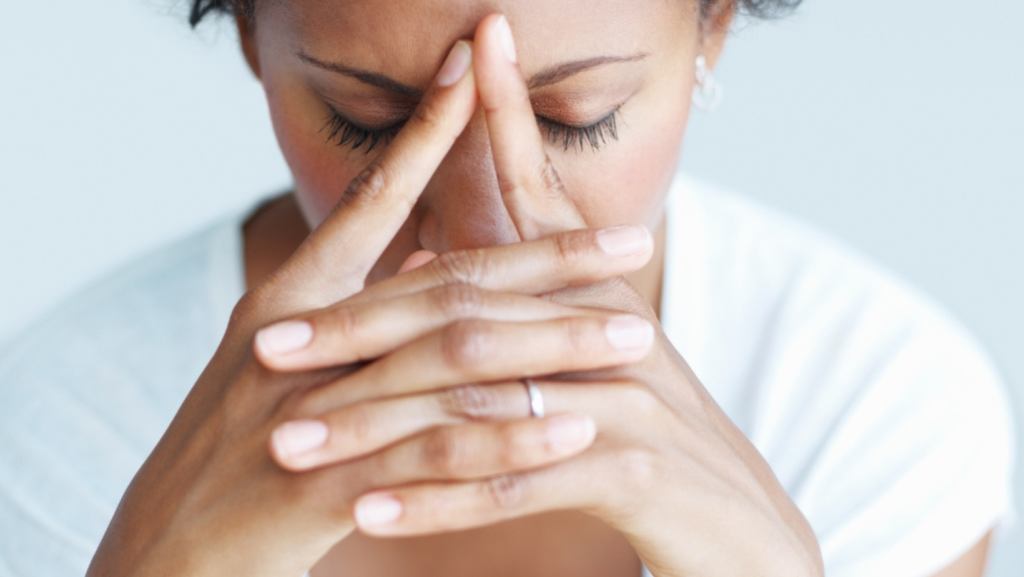Breathing to Your Peak

How, after years of dealing with chronic pain, did I climbed up Mount Kilimanjaro?
I have been a dancer and athlete since I was 5 years old. At the age of 25, after traveling the world and studying dances in their cultural context, I decided to enroll in a contemporary dance program. After suffering a severe injury by way of malpractice, my dance career was put on hold indefinitely. I was told by a physician, “you can forget about a career in dance”. It was during this period of acute pain, that I was introduced to the Feldenkrais Method®. I changed my dance program to specialize in choreography and continued studying the Feldenkrais Method®. In 2006, I moved from Quebec, Canada, to California, and in 2009, enrolled in a professional Feldenkrais® program. The Feldenkrais Method® taught me to adapt to my limitations as a dancer, choreographer and traveler. As my situation improved through the application of Feldenkrais®’ principles, I freed myself from chronic pain.
In 2014, in celebration of my recovery, I joined my passions of movement and lifelong romance with travel and decided to go on an adventure to the peak of Mount Kilimanjaro.
Before Fast forwarding now, it was the morning of Day 5, on our ascent to the tallest peak in Africa. We gained 3,300 feet through sand, losing a step to each two taken. To sustain our energy level, we committed to moving at a pace of half step every 3 seconds. Having to carry 4 litres of water on my back, all I could focus on, was my breathing and putting one foot in front of the other. The physical and mental demands of the journey began to take its toll. Of the eleven in our group, everyone saves for myself, began to feel the progressive effects of oxygen deprivation. About halfway through the day, I began to feel a headache coming on. Pulling from the skills I honed through a variety of Feldenkrais® breathing lessons, I released the lower posterior inter-coastal muscles. This allowed me to expand the lower lobes of my lungs more fully. My headache quickly subsided but would return again a short time later. It was then, that I would delve into all the possible ways to expand my lungs, and the headache would disappear again. After about 20 minutes, I had no trace of a headache and it remained that way for the rest of the journey. As for the rest of our party, five out of eleven climbers were nauseous, and one person had to be escorted down the mountain, as she suffered a high-altitude cerebral edema. (She was okay after coming down).
Being a dancer and coming from a Practice as Research approach, I wanted to use this opportunity to investigate the effects of high altitude on breathing and movement. Before leaving San Francisco, I created a 20 second dance phrase, with the intent to explore that phrase at various elevations. I filmed myself at different heights on the mountain to observe how the lack of oxygen affected me.
Fast forwarding now, it was the morning of Day 5, on our ascent to the tallest peak in Africa. We gained 3,300 feet through sand, losing a step to each two taken. To sustain our energy level, we committed to moving at a pace of half step every 3 seconds. Having to carry 4 litres of water on my back, all I could focus on, was my breathing and putting one foot in front of the other. The physical and mental demands of the journey began to take its toll. Of the eleven in our group, everyone saves for myself, began to feel the progressive effects of oxygen deprivation. About halfway through the day, I began to feel a headache coming on. Pulling from the skills I honed through a variety of Feldenkrais® breathing lessons, I released the lower posterior inter-coastal muscles. This allowed me to expand the lower lobes of my lungs more fully. My headache quickly subsided but would return again a short time later. It was then, that I would delve into all the possible ways to expand my lungs, and the headache would disappear again. After about 20 minutes, I had no trace of a headache and it remained that way for the rest of the journey. As for the rest of our party, five out of eleven climbers were nauseous, and one person had to be escorted down the mountain, as she suffered a high-altitude cerebral edema. (This person was fine as soon as she went down a few thousand feet, and we were happy to find her healthy when we came down from the summit).
Eventually, I began to feel mild symptoms of altitude sickness. As we arrived at camp on the crater the night before reaching the summit, at 18,996 feet, I proceeded to move through my dance phrase as part of my research. Inspired by the amazing scenery of the glaciers, I extended my dance phrase into a 45 second improvisation. Taken by the beauty of the landscape, I forgot for a few seconds how exhausted I was. It took me about 45 minutes to recover from my dance study. I was intoxicated by depletion. It was like having a hangover, as if everything around me was spinning, and that I might at any moment regurgitate the little food I was able to get down. I sat and breathed, emphasising the breadth of exhalations, until I slowly recovered.
We woke up at 4:30am and “polé-polé” (“slowly” in Swahili), we climbed to the top of Africa. There, I performed my dance, very slowly and intentionally, as to prevent the previous night’s discomfort. I made it to the summit, breathing with my whole self, and dancing with gratitude.
As I stood and danced atop Kilimanjaro, the highest mountain in Africa (19,341 feet), I felt pride not only in achieving such an elevated peak, but in having done so without the common affliction of altitude sickness (although my intention in this practice as research was to simply observe the effects of altitude on my movements and breath). I credit the minimizing of my symptoms to the broadened awareness of my lung’s functioning capacity, acquired through the Feldenkrais Method®. Remembering that thirteen years prior to this adventure, at age 26, a doctor had told me I’d never dance again. Here I was, healed by following my dreams, by breathing, by being in the moment, … dancing on this sacred mountain.
Here is a short video of my dances on Kilimanjaro:
Note: I am extremely grateful to the Travel Agency “Karavaniers” and their guides for the fantastic organization of the journey. I am very grateful for the precious tips, advice and loan of equipment by Frederic Germain and Karine Clouter. Thanks to the numerous cooks, porters, and the moral support of my fellow travelers.
Photo/Video Credits: Christine Germain


